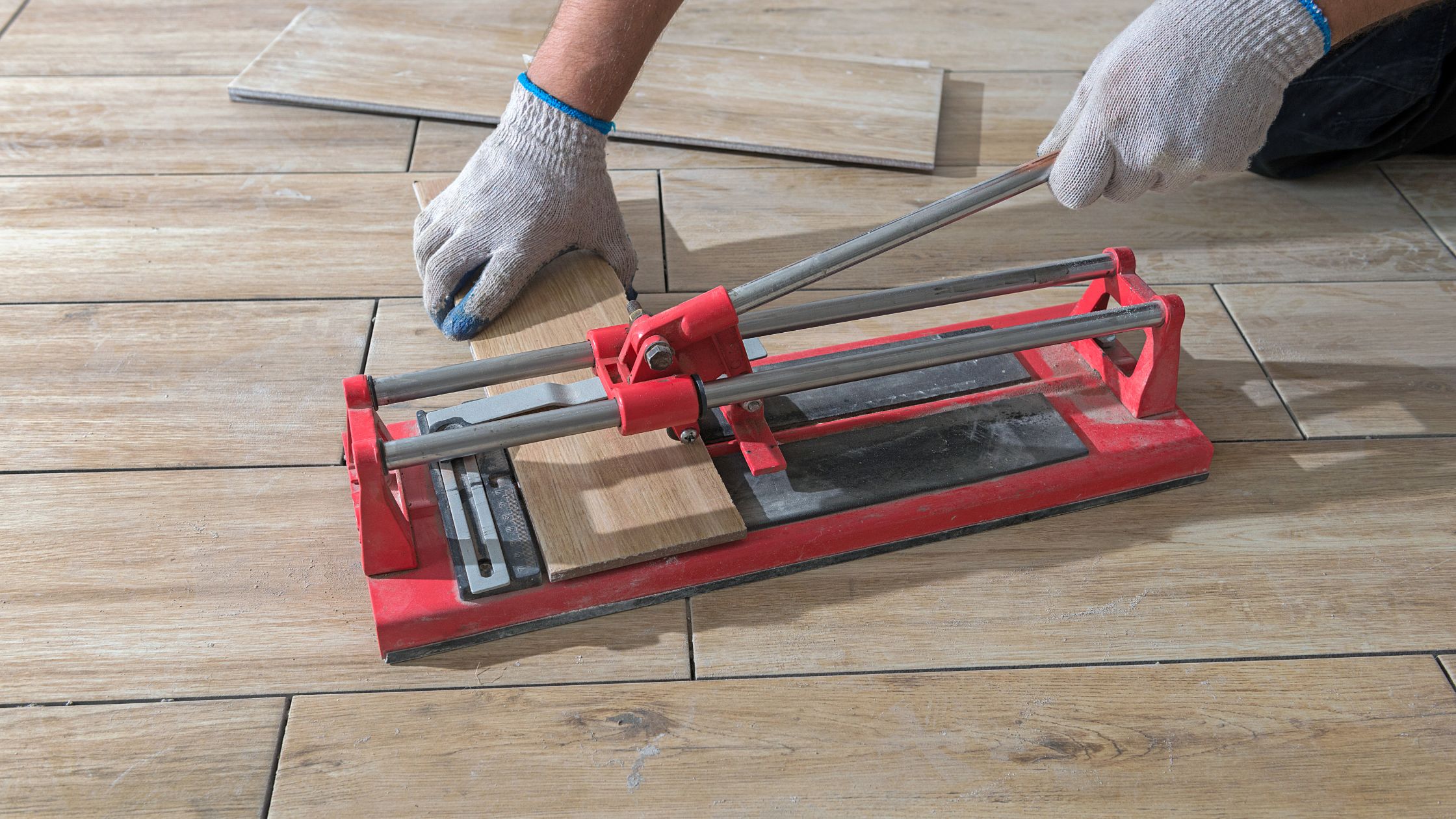Choosing the right tiles for a bathroom renovation can be a daunting task. Two of the most popular options are ceramic and porcelain tiles. Both have their unique advantages and aesthetics, making them suitable for different bathroom styles and functionalities. In this article, we’ll explore the differences between ceramic and porcelain tiles to help you make an informed decision for your new tiles
Ceramic Tiles: Versatility and Affordability
Advantages
Ceramic tiles are known for their versatility and affordability. They come in a wide range of colors, patterns, and sizes, making them ideal for custom bathroom designs. Ceramic is easier to cut and install, which can be beneficial for DIY projects or complex tile patterns.
Considerations
While ceramic tiles are resistant to stains and moisture, they are less dense than porcelain and can be prone to cracking in high-traffic areas. They are best used in areas with lighter foot traffic or on bathroom walls.
Porcelain Tiles: Durability and Low Maintenance
Advantages
Porcelain tiles are highly praised for their durability and low maintenance. They are denser, less porous, and more water-resistant than ceramic tiles, making them ideal for bathroom floors and high-moisture areas. Porcelain is also known for its ability to mimic natural materials like stone or wood.
Considerations
The density of porcelain makes it more challenging to cut and install, which might require professional installation. Additionally, porcelain tiles can be more expensive than ceramic ones, both in terms of material and installation costs.
Aesthetics and Finishing
Both ceramic and porcelain tiles offer a variety of aesthetic options. Glazed ceramic tiles provide a protective layer that offers various colors and designs. Porcelain tiles, while often found in natural, muted tones, also come in glazed varieties, offering a similar range of aesthetic choices.
Maintenance and Longevity
In terms of maintenance, both types are relatively low-maintenance, requiring regular cleaning to keep them looking new. Porcelain’s durability generally means it can last longer, especially in high-traffic areas, making it a good long-term investment.
Making the Right Choice
When choosing between ceramic and porcelain tiles for your bathroom, consider factors like traffic, moisture levels, your budget, and the desired aesthetic. While ceramic tiles might be more cost-effective and easier to install, porcelain tiles offer greater durability and water resistance, making them suitable for floors and high-moisture areas.Whether you choose ceramic or porcelain tiles, both materials can significantly enhance the beauty and functionality of your bathroom. Consider your specific needs, budget, and style preferences when selecting your new tiles. With the right choice, your bathroom tiles can offer a perfect blend of practicality and aesthetic appeal.

